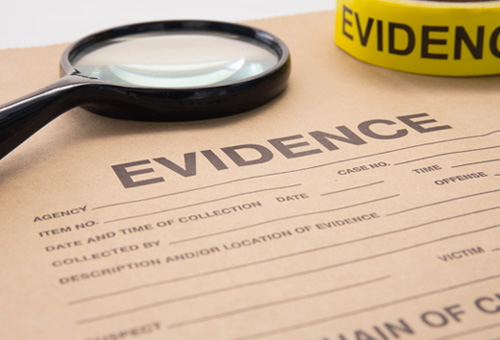


Learn basic techniques and strategies to enhance the likelihood of obtaining information from possible victims of child sex trafficking. Compare and contrast typical child sexual abuse cases with child sex trafficking (CST) cases and address the different points of entry into the criminal justice and welfare system for CST victims. Understand various disciplines' roles and responsibilities and how they can contribute to a positive outcome of the CST case. Examine question strategy, interview dynamics, language use, and interview suggestions. Discuss the business model of child sex trafficking as it relates to a variety of crimes, including the use of child sexual abuse material (CSAM).

Examine the importance of multidisciplinary team (MDT) case coordination and evidence corroboration in the investigation of child abuse cases. Various members of the Multidisciplinary Team, such as law enforcement, child protective services, and forensic interviewers may gather different or differing information. Learn how to evaluate evidentiary findings through crime scene images, interviews and case studies. Understand multidisciplinary team members' roles and responsibilities for protecting child victims and prosecuting offenders. Focus on offenders’ use of technology, including the use of child sexual abuse material (CSAM) in grooming and manipulation. Discuss a variety of technology that can be used by investigators.

Test your community’s response in conducting an initial investigation, search and canvass activities for a missing or abducted child scenario occurring on tribal lands. Employ strategies and responses in mitigating and resolving the emergency. Participate in a multi-disciplinary, multi-jurisdictional tabletop exercise, to build cohesiveness with tribal, state, local and federal partners when responding to an emergency.

Learn the best approach with children who are alleged victims of child abuse in the initial phases of a case, after a concern has been identified. Develop the basic skills and techniques necessary to engage a child in such a way as to minimize suggestibility but still provide support, beyond what is taught in a First Responder Training. Review best practices in identification of a concern and learn to engage these children in a way that maximizes positive case outcomes and minimizes potential behaviors that can hurt cases.

This introductory course provides participants with practical verbal de-escalation techniques to diffuse conflicts and reduce the potential for violence. Participants will gain the skills needed to recognize the factors that contribute to anger and violence in the workplace, identify behaviors and warning signs of anger and conflict, and recognize individuals in crisis. The course emphasizes the importance of safety considerations during de-escalation and provides verbal and non-verbal communication techniques essential for effective conflict resolution. Participants will leave this training equipped with the knowledge and skills to effectively de-escalate conflicts, maintain safety, and foster a more harmonious workplace.

Join other child-serving professionals to create a plan of action for preventing child sexual abuse of youth in your care. Learn the signs and symptoms of child sexual abuse, mandated reporter and stakeholder responsibilities. Identify strengths and weaknesses of current prevention practices, and develop an action plan, using the Strategic Prevention Dashboard, for your organization. This course is open to all members of child serving organizations such as preschool, after-school care, summer camps, church groups, athletic associations or others responsible for the care of minors.

This Community of Practice session is part of a series, please see About Section below for details. Corrections work today is far more challenging than it has ever been. There are a lot of great practices and ideas about how to help clients succeed and protect communities. This series of Communities of Practice (CoP’s) is designed to provide information on issues and best practices in corrections (specifically probation and reentry professionals) working in tribal communities. Please join us to learn and share over the next several months.

This presentation highlights the partnership between Public Information Officers (PIOs) and Tribal Law Enforcement Agencies in missing child investigations. It emphasizes the importance of collaboration and effective communication practices to improve response efforts and public engagement. The presentation also outlines challenges, best practices, and strategies that support child protection efforts.

Provide participants with the knowledge and tools to better serve victims of crime. The goal of this conference is to provide examples of positive victim assistance programs as well as resources for multidisciplinary approaches to serving victims of crime. Attend this conference to build upon your services and systems to best fit the needs of our communities.

Explore investigative strategies that address the relationship between child sexual abuse and child sexual abuse materials (child pornography) to supplement an investigation and corroborate victim statements. Gather new tools and resources for the most comprehensive case outcomes.
